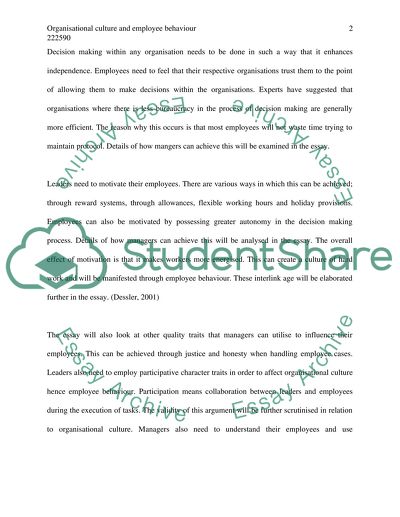Cite this document
(“The organisational culture and employee behavior Essay”, n.d.)
The organisational culture and employee behavior Essay. Retrieved from https://studentshare.org/miscellaneous/1546125-the-organisational-culture-and-employee-behavior
The organisational culture and employee behavior Essay. Retrieved from https://studentshare.org/miscellaneous/1546125-the-organisational-culture-and-employee-behavior
(The Organisational Culture and Employee Behavior Essay)
The Organisational Culture and Employee Behavior Essay. https://studentshare.org/miscellaneous/1546125-the-organisational-culture-and-employee-behavior.
The Organisational Culture and Employee Behavior Essay. https://studentshare.org/miscellaneous/1546125-the-organisational-culture-and-employee-behavior.
“The Organisational Culture and Employee Behavior Essay”, n.d. https://studentshare.org/miscellaneous/1546125-the-organisational-culture-and-employee-behavior.


